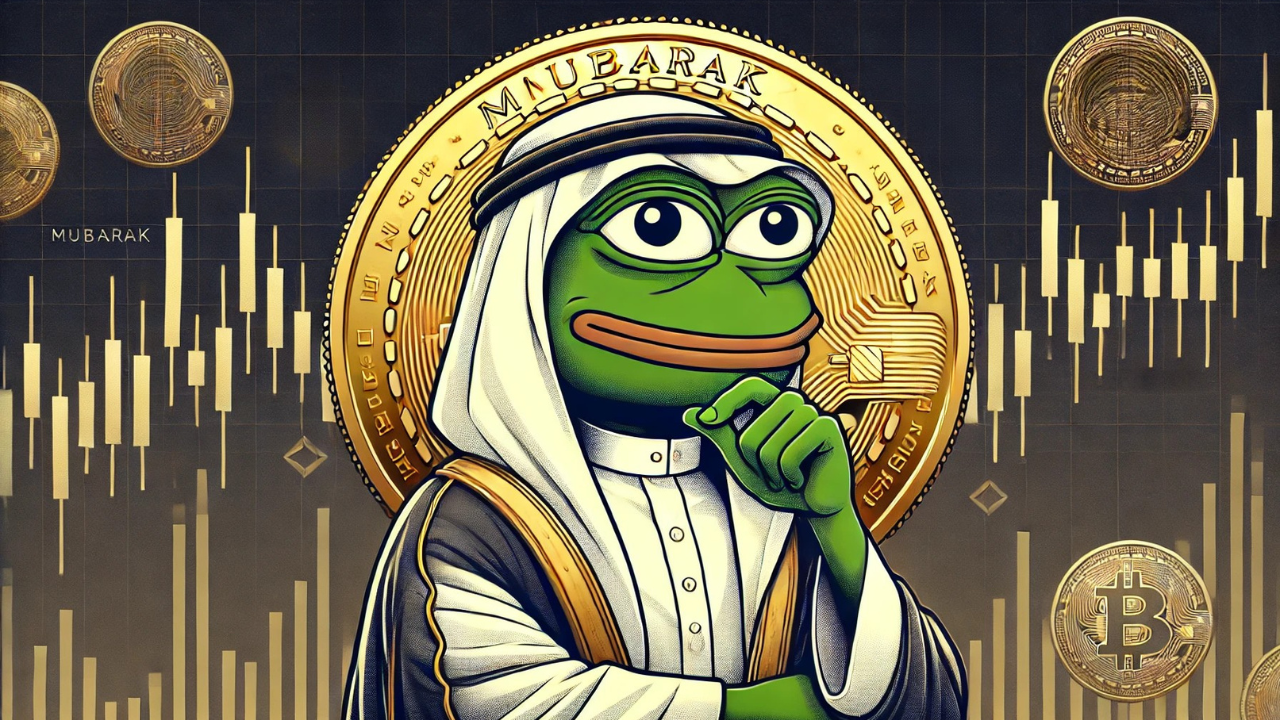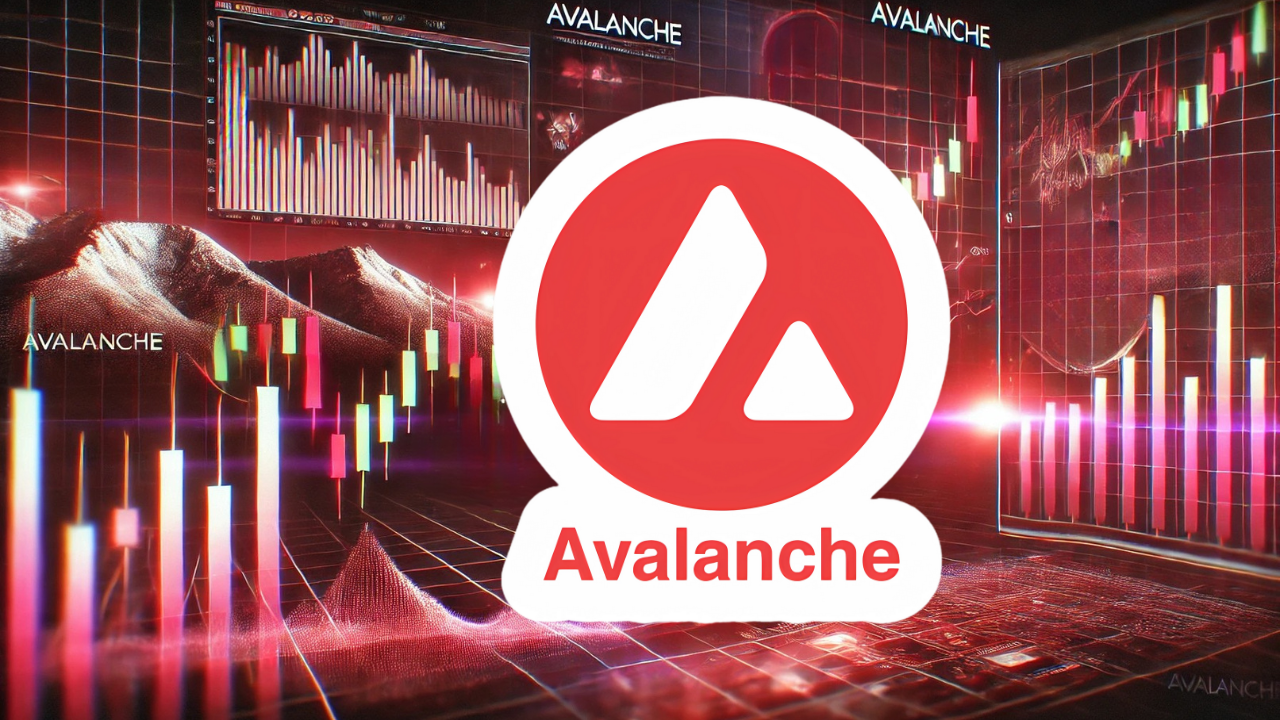
The Mantra DAO community is facing renewed scrutiny as the project’s native token, OM, continues to suffer sharp declines and mounting insider selling accusations. On April 14, 2025, blockchain analysts reported a significant transfer of 38 million OM tokens, valued at approximately $26.96 million, from a Mantra DAO wallet to a Binance cold wallet. The move has sparked widespread concerns of an impending sell-off.
Insider Selling Concerns Deepen
The timing of the transfer has amplified fears within the community, especially as it follows a devastating 90% price crash in OM—from a high of $6.28 to just $0.7192 in a single day. The drop erased over $5 billion in market capitalization, with many analysts attributing the collapse to alleged insider activity.
Critics point out that the Mantra team controls around 90% of OM’s token supply, and movements of large volumes to centralized exchanges often signal imminent selling. According to blockchain tracker Onchain Lens, the DAO’s staked wallet initiated the latest transfer to Binance just hours before the token’s freefall.
CEO Denies Team Involvement in Sell-Off
In response to the controversy, JP Mullin, CEO of Mantra DAO, denied that the price crash was the result of team-led token dumping. He instead blamed forced liquidations on centralized exchanges, suggesting that leveraged positions were wiped out across trading platforms, triggering a cascading effect.
However, on-chain data suggests otherwise. Crypto analyst Max Brown tracked a separate transfer of 3.9 million OM tokens to OKX, reportedly from a wallet linked to the Mantra team, just before the crash. This raised questions about the true cause behind the sudden plunge in price.
“It was well known in the crypto space that OM team wallets were actively depositing tokens ahead of the collapse,” said Brown in a detailed thread on X.
Exchanges Respond
Adding to the uncertainty, centralized exchanges involved in OM trading have offered mixed reactions. Binance backed the CEO’s explanation, citing preliminary data indicating the crash likely stemmed from cross-exchange liquidations rather than insider dumping.
Conversely, OKX noted “major changes” in OM’s tokenomics and confirmed several suspicious token deposits leading up to the incident. The exchange has launched an internal investigation into the token’s on-chain movements and sudden market behavior.
Limited On-Chain Transparency
While analysts can track wallet activity on public blockchains, transactions that occur after tokens are deposited to centralized exchanges are largely opaque. As a result, it remains difficult to confirm whether the transferred tokens were sold or simply repositioned.
Despite this, the pattern of large token transfers from DAO wallets to exchanges—especially in the context of centralized control over token supply—has fueled growing skepticism and calls for more transparent governance within Mantra DAO.
Final Thoughts
As investigations unfold, the Mantra community and broader crypto market remain on edge. With OM still trading far below its peak and over 90% of supply under concentrated control, the future of the project may hinge on how transparently and responsibly the DAO addresses these mounting concerns.


















































